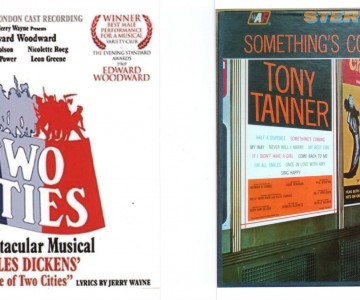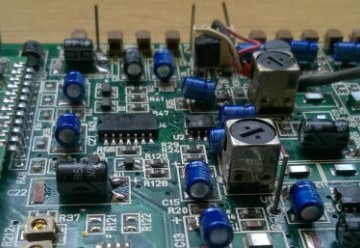01277 225316 info@audiorestored.com
Shellac Discs to CD and MP3 | Audio Restored
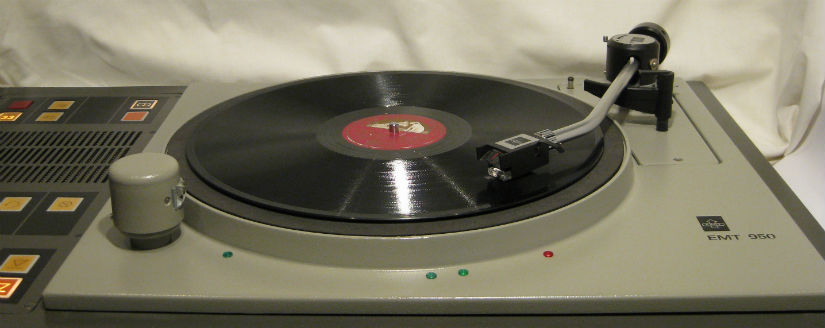
Prices (basic cost to pro-clean & transcribe discs + manual restoration as required)
| 78 rpm Shellac records (6″ – 8″) | £12 / side |
| 78 rpm Shellac records (10″) | £14 / side |
| 78 rpm Shellac records (12″) | £16 / side |
| Manual restoration | £30 / hour (pro-rata) |
| Pro-Cleaning of records (all sizes) – NO digitisation | £2.50 / side |
Audio Samples
Example 1
A badly cracked shellac 78 record before restoration:
After restoration and enhancement of EQ
Example 2
A rather crackly shellac disc
After restoration and enhancement of EQ
Cleaning
After an initial inspection, all records for transcription are meticulously cleaned before playing, using a professional wet-vacuum record cleaning machine, the VPI HW-16.5.
The cleaning process permits the maximum information to be extracted from the groove, to give you the best sound quality possible.
 Shellac 78s are washed with L’Art du Son professional record cleaning solution, followed by a distilled water wash.
Shellac 78s are washed with L’Art du Son professional record cleaning solution, followed by a distilled water wash.
The VPI effortlessly removes years of accumulated dirt from the groove, leaving the record practically as clean as the day it was pressed.
All 10″ and 12″ shellac records are returned to you in a replacement poly-lined paper sleeve, to keep them clean for longer.
This professional wet-cleaning of records is available as a separate service. Please contact us for details, and don’t forget to ask about bulk discounts!
Care of Shellac Records
The material has its pros and cons. In its favour is the fact that it is not prone to warping as vinyl is, and examples of shellac records are as flat today as they were when they were pressed 60 to 100 years ago.
On the other hand, because of its inflexibility and brittleness, shellac is very easily broken, and great care must be taken when handling such records, especially if they are to be transported through the post.
Note however, that shellac often cracks cleanly and the pieces can sometimes be put back together and the recording transferred successfully, with declicking software being used to bring the sound up to a very acceptable level.
If you have a cracked or broken shellac disc, don’t throw it in the bin – contact us to discuss its possible resurrection!
Post & Packing Hints
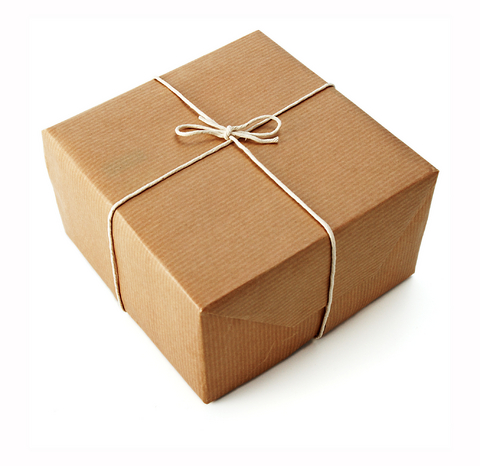
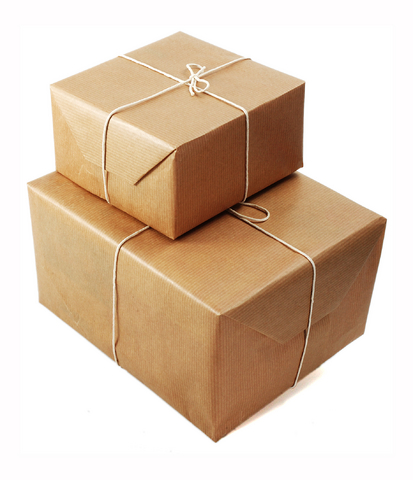 Shellac records should be treated with extreme care when sending through the post. Due to the brittle nature of shellac, every effort must be made to minimise the possibility of handling damage. Our advice would be to securely sandwich the record(s) between several pieces of strong cardboard, then wrap this in plenty of bubble wrap. This should then be placed inside a larger cardboard box, ideally filled with polystyrene shapes, to absorb any knocks and vibrations during transit. Please note: this advice is given on the understanding that we cannot accept responsibility for damage caused in the post – and as with all valuable items, you should arrange sufficient insurance to cover any potential loss.
Shellac records should be treated with extreme care when sending through the post. Due to the brittle nature of shellac, every effort must be made to minimise the possibility of handling damage. Our advice would be to securely sandwich the record(s) between several pieces of strong cardboard, then wrap this in plenty of bubble wrap. This should then be placed inside a larger cardboard box, ideally filled with polystyrene shapes, to absorb any knocks and vibrations during transit. Please note: this advice is given on the understanding that we cannot accept responsibility for damage caused in the post – and as with all valuable items, you should arrange sufficient insurance to cover any potential loss.
It’s always better to be safe than sorry, and we recommend customers use recorded or special delivery, so that your package can be signed for and/or tracked.
We always use first class recorded delivery to return packages, unless we are instructed otherwise.
Shellac Facts
- The first shellac gramophone records were introduced in the late 1890s by Emile Berliner.
- Shellac consists of a mixture of resin secreted from the female lac bug combined with finely pulverised mineral ‘filler’ (usually limestone or slate).
- Shellac records were commonly available in 10 and 12 inch varieties, giving playing times of between 3 and 5 minutes per side.
Colloquially known as ’78s’, shellac discs are transferred to digital using the EMT 950 deck fitted with a Shure M44-7. This MM cartridge accommodates a selection of diamond 78 styli of varying tip shape and dimensions, chosen to best match the 78 record being played.
 Use of the correct EQ curve is essential to get the best from 78s, as these were produced before the introduction of the RIAA equalization standard in the 1950s. An Elberg MD12 variable curve EQ preamplifier is used to achieve the correct EQ prior to further restoration and transfer to CD or other digital medium such as FLAC, .aif or mp3.
Use of the correct EQ curve is essential to get the best from 78s, as these were produced before the introduction of the RIAA equalization standard in the 1950s. An Elberg MD12 variable curve EQ preamplifier is used to achieve the correct EQ prior to further restoration and transfer to CD or other digital medium such as FLAC, .aif or mp3.
Contact us to discuss your requirements fully.


